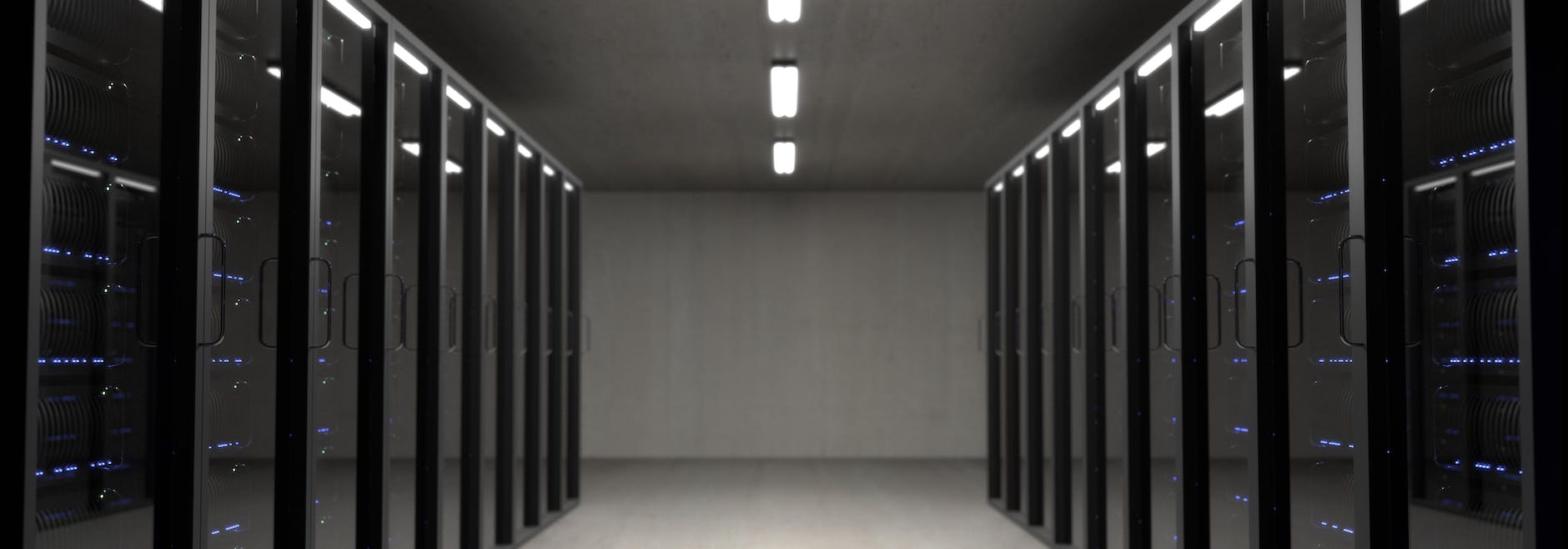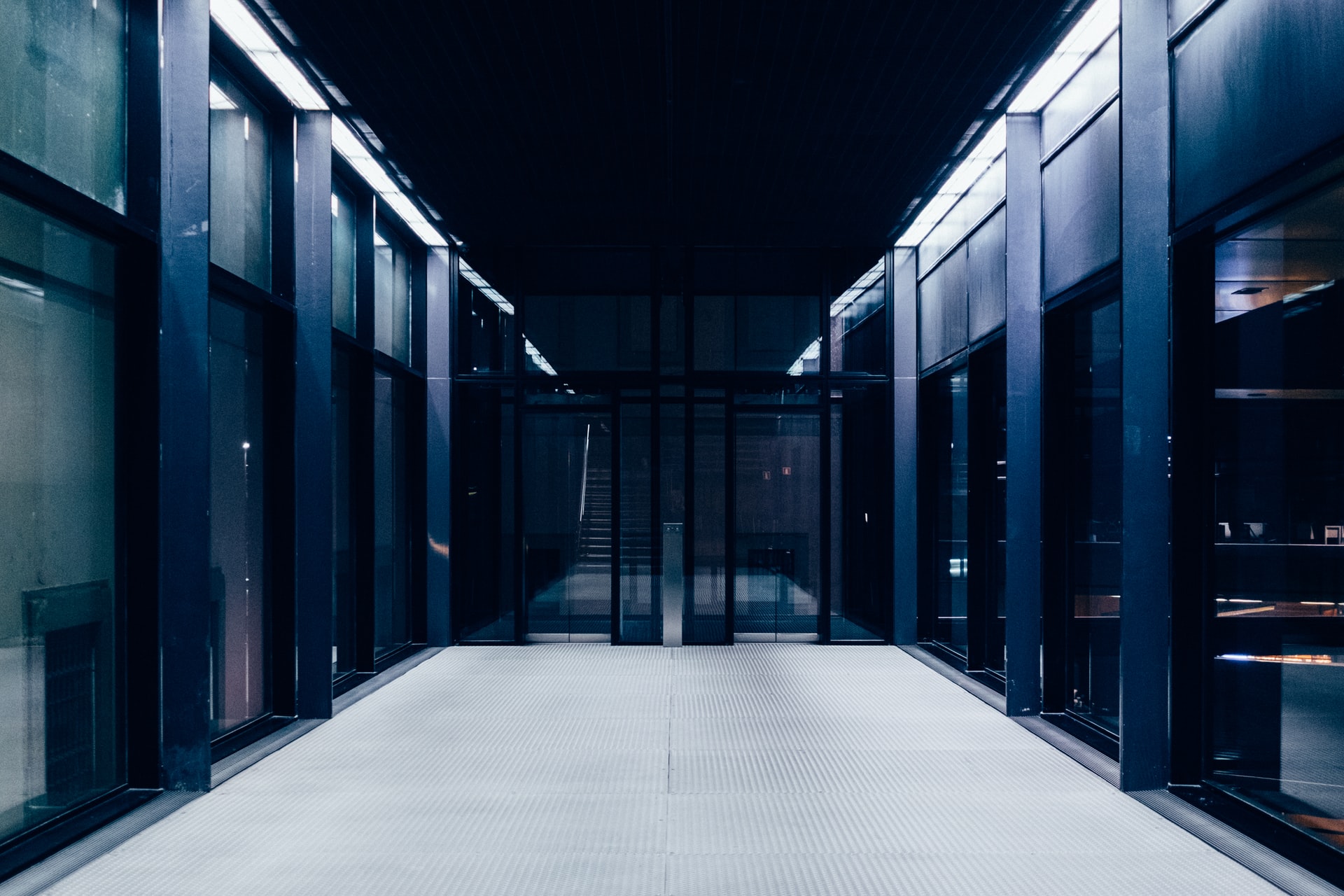
Server Room
IT equipment is vulnerable to temperature surges since it leads to overheating. Operating devices emit heat when processing data or performing other operations, which leads to heating. Thus, the heating issue requires particular monitoring at the initial stage of data center arrangement.
If the temperature in premises is chosen improperly plus constantly heated devices, this combination will quickly lead to overheating, equipment malfunction, and system downtime. Maintaining optimal climatic conditions in data centers helps cool down devices, remove hot air from cabinets, and ensure the long service life of network hardware. This is why it is vital to know how to cool a server room.
Solutions for Keeping Server Rooms Cool
The issue of maintaining optimal environmental conditions is one of the first ones to solve at the stage of server room planning. Before you search for a server rack for sale, decide on the cooling strategy. The understanding of how to cool a small server room directly affects hardware serviceability. Make sure to use the following techniques to guarantee smooth and uninterruptible functioning.
Install an Effective Air Conditioning System
The modern market offers diverse solutions for maintaining the required temperature on premises. Air conditioning systems are a common way to create an appropriate environment on premises. They consist of sensors and special devices that stimulate circulation.
Improve Ventilation with Vents and Fans
Check vents at the stage of choosing premises for data center arrangement. Make sure that vents are clean and are not polluted with debris so that the air can circulate without hindrance. Install fans in rooms and inside cabinets to direct the air correctly and create cold and hot aisles. By directing the airflow, technicians can manage air circulation and vary the possibility to cool down devices naturally.
Use Raised Floors or Overhead Cooling Systems
The use of raised floors in data centers is a common practice since it is convenient to hide cables there. Besides, they are also used for ventilation purposes. When designing air circulation maps, raised floors can be used as a reverse pathway.
Nowadays, there is no need to occupy floor space with cooling devices. Install overhead cooling systems to enable correct air movement.
Monitor Climatic Indicators
As mentioned above, temperature surges can lead to overheating. However, there is another important climatic parameter, namely, humidity. Violation of humidity levels also causes hardware damage. Too low humidity (= dry air) leads to static charge accumulation on circuit boards. Too high humidity results in condensation and rusting. This is why it is essential to maintain optimal climatic conditions.
When choosing effective techniques on how to cool down a server room, make sure to install sensors that will monitor the environment and send an alarm to a control board in the case of environmental changes.

Server Room
Remove Excess Heat with Coolers and Heat Exchangers
Here’s another effective method of data center cooling. Technicians frequently install coolers and heat exchanges to reduce heat on premises. However, such solutions are more suitable for small rooms. These are portable devices that can exhaust hot air. It is possible to adjust their layout and location.
Reduce Heat from Equipment with Cable Management and Proper Placement
Note that tangled cables can significantly hinder air penetration. As a result, even if a cooling strategy is chosen correctly, the air won’t be able to penetrate cabinets. Make sure to organize your wires properly and ensure neat bundles of cords.
Also, cabinet placement does matter. We’ve already mentioned hot and cold aisles maps. Thus, depending on these maps, place cabinets so that the airflow passes through them exhausting heat.
Note that technicians use either one of the above-mentioned strategies or combine several solutions. System administrators select appropriate methods, depending on the type of room, its size, cabinet dimensions, and the number of system components.
However, when treating the climatic issue in data centers, two different types are distinguished. Technicians use methods for both rooms and each cabinet, in particular. Thus, you should also understand how to cool a server rack.
Tips for Cooling Down Server Racks
Dozens of server cabinet models are offered on the market. When trying to create a suitable internal environment, system administrators use the following techniques:
- install fans to direct the airflow and force it to remove heat from the cabinet.
- door and wall perforation allows the air stream to squeeze through cabinet enclosures.
- the use of blanking panels for plugging in unused slots. Server cabinet enclosures are equipped with tech holes for cable routing, fan installation, and other purposes. However, not all of them are permanently used. If you leave them unplugged, outside air will penetrate the body disorganizing an entire atmosphere. Blanking panels also prevent equipment from dust penetration and settlement.
- sensors installation for monitoring set indicators. They will control whether the climatic indicators are within the norm and alarm in the case of surges.
Here are the main tricks on how to cool server closet. To conclude, note that the development of a cooling strategy is an effort-consuming responsible task. Each system requires an individual approach. Do not hurry up to install fans. Examine your premise, find out its strengths and weaknesses, and design a cooling system, based on them.






